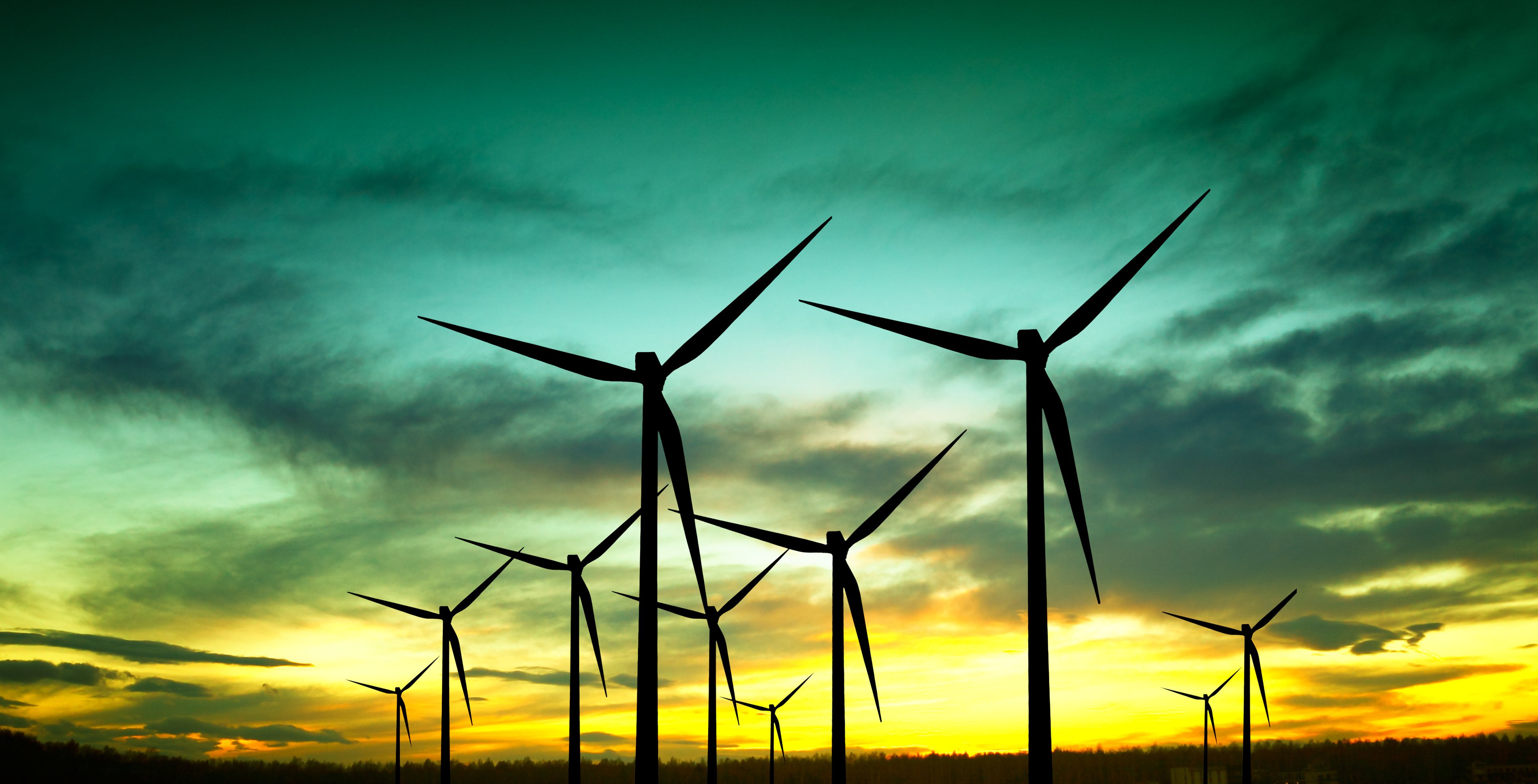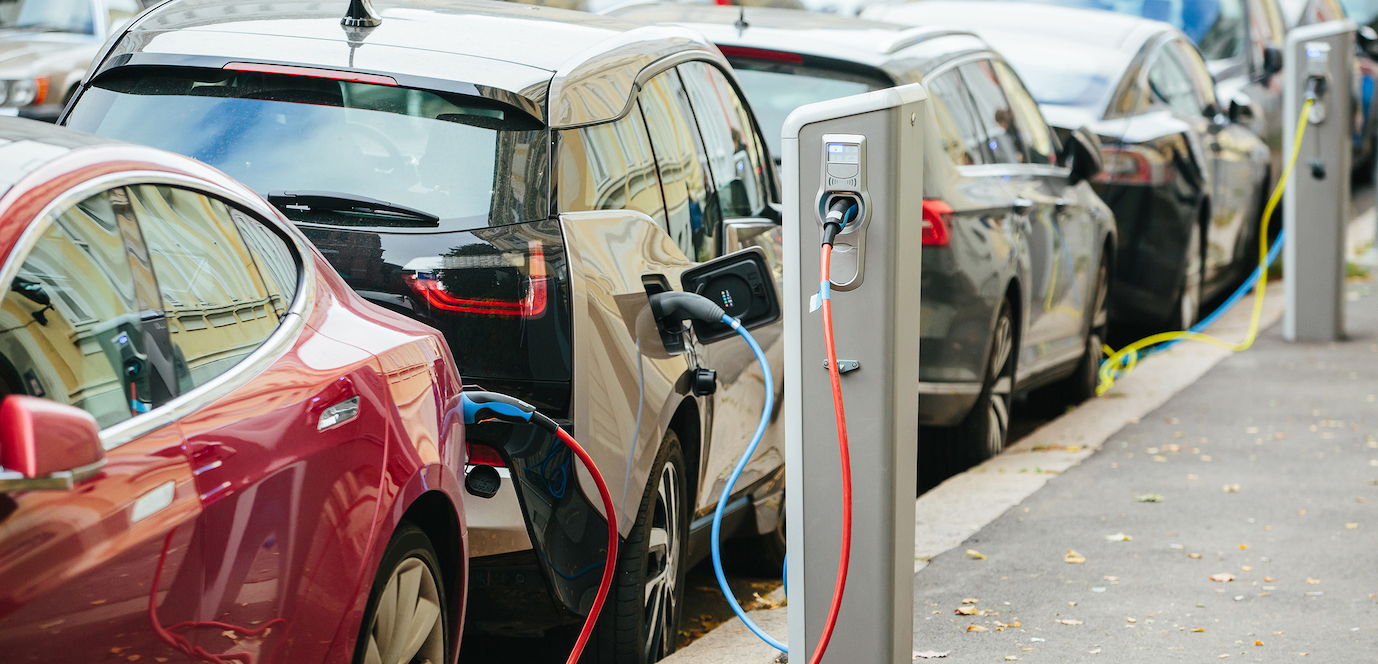IEA's latest Technologies Report lays bare the tough climate and energy policy choices ahead
by Inline Policy on 23 May 2014
The International Energy Agency (IEA) invariably has something interesting to say on energy policy, on what is happening now and on future trends. Their latest report, Energy Technology Perspectives 2014, which lays out pathways to a sustainable energy system by 2050, is no different in this regard.
Much of what the report says provides food for thought - and some correctives to the over-inflated headlines of day-to-day newsflow. It should be required reading for anyone who is in the energy markets business for the longer-term. Three topics strike us as worthy of comment: the different scenarios envisaged for 2050; the story on coal; and developments on solar power within the broader renewables sector.
First, onscenarios, the IEA lays out three potential scenarios in 2050:
- 6 degrees global warming (6DS), which could spell disaster for the planet;
- 4 degrees (4DS), which reflects the stated intentions of countries to cut emissions and boost energy efficiency - a 4DS world could still have all sorts of unpleasant implications, to put it mildly; and
- a 2 degrees (2DS) world, which offers a vision of a global sustainable energy system. Taking climate science’s latest projections, a 2DS world is probably the minimum we can expect now.
These scenarios, which are best read alongside the IPCC’s recent trilogy of assessments on climate science, adaptation and mitigation, produce some fascinating takeaways:
- in a 2DS compared with 6DS world, oil is the big loser;
- decarbonisation up until 2050 will most affect the electricity sector (which includes increased electrification of buildings and a noticeable emphasis on transport - lots happening in Chinese electric transportation, by the way);
- energy efficiency will be the most important contributor to a 2DS scenario;
- in contrast to some recent claims from the energy sector, the IEA maintains that natural gas can only be a bridge, unless deployed with Carbon Capture and Storage (CCS), to a clean energy world, if a 2DS scenario is to be achieved;
- and - with traces of Nick Stern on the costs of climate inactions versus climate action - the IEA estimates that the $44 trillion required to decarbonise the energy system would be more than offset by the $115 trillion saved on fossil fuel use.
Second, on coal, the IEA singles out the continuing rise in its usage as a counterpoint to the recent improvement in renewables deployment globally. In a striking statistic, the report says that 60% of new build coal over the last decade was subcritical, ie was built using the least efficient of commercially available technologies. This narrative on coal ought to strengthen the arguments for quickening the pace on the commercial deployment of CCS which, frankly, remains a mess in Europe. It also depicts a sobering reality for those who may have been overly encouraged by the reports coming out of China on coal peaking (comment: let us see - there are undoubtedly promising developments there).
At the same time, the IEA backs up the story on steadily increasing renewable generation, especially on solar. In a 2DS world where renewables deployment is high, the IEA forecasts solar as the dominant electricity source by 2040 and providing 26% of generation by 2060. There was a suggestion in the IEA briefing that it had previously under-estimated the speed by which solar PV in particular would become competitive compared with other energy sources - developments on solar undoubtedly need watching.
In conclusion
The next time you read stories about the increasing use of coal but also that renewables generation is rising too, and are left feeling a bit confused, in effect both narratives are correct. In a world where carbon pricing still has to bite, these trends will continue to play out - Germany being a prime example - at least in the short-term. Our ultimate destination - 6DS or 2DS, or somewhere in between - will depend on the policy choices that policymakers make, which will of course be informed by the sort of world that we as citizens all want to live in.
Topics: Energy policy








Comments